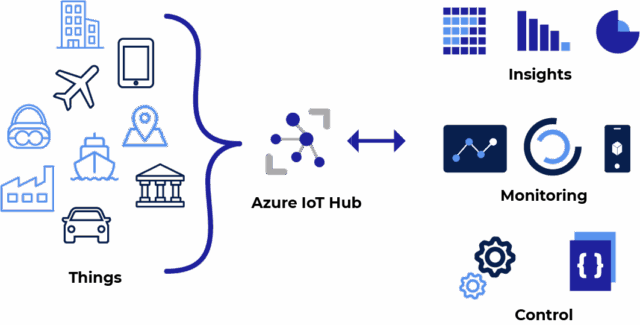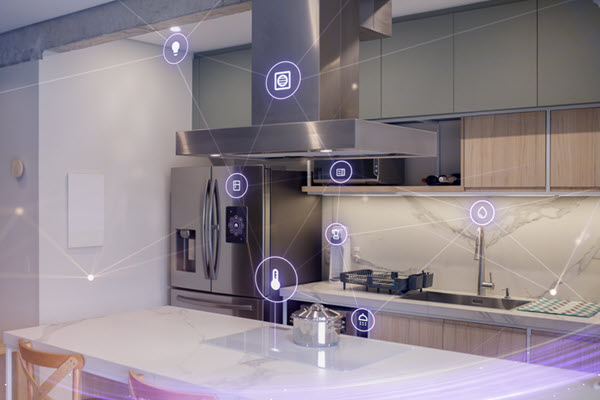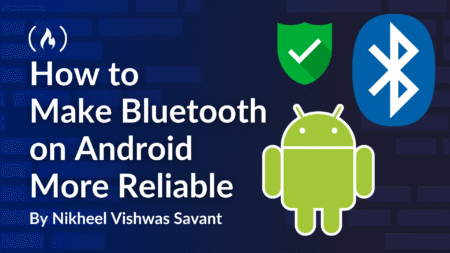In today’s world, the Internet of Things (IoT) is revolutionizing industries across the globe by connecting devices, systems, and people in ways that were once unimaginable. From smart homes to advanced manufacturing, IoT is creating new opportunities for innovation, efficiency, and data-driven decision-making. At the forefront of this transformation is Microsoft Azure, a cloud computing platform that has become a powerhouse for IoT operations.
In this blog, we’ll dive into the essentials of Azure IoT operations, how it simplifies and optimizes IoT workflows, and the key features that make it the go-to solution for businesses looking to scale their IoT systems.
What is Azure IoT?
Azure IoT is a set of services, solutions, and tools from Microsoft that allow businesses to securely connect, monitor, and control IoT devices across various environments. Azure IoT offers comprehensive capabilities for deploying IoT solutions, managing the entire device lifecycle, and providing data-driven insights that enhance decision-making processes.
At the core of Azure IoT is the ability to integrate IoT devices with cloud-based analytics, machine learning, and data processing tools, enabling businesses to leverage real-time data for more informed decisions.
Why Azure for IoT Operations?
Microsoft Azure is one of the leading cloud platforms that offer robust, scalable, and secure solutions for managing IoT operations. It is built on a foundation of powerful infrastructure that allows organizations to quickly deploy IoT systems and scale them based on evolving business needs. Here’s why businesses choose Azure for their IoT operations:
Scalability
Azure IoT can support millions of devices, allowing businesses to scale their IoT systems from a handful of devices to a vast ecosystem of connected devices across different locations. This scalability ensures that companies can grow their IoT initiatives without being limited by infrastructure constraints.
Security
Security is a major concern when managing IoT devices, as these devices are often vulnerable to cyberattacks. Azure IoT integrates comprehensive security measures, including device identity management, encryption, secure data transmission, and compliance with industry standards. This ensures that IoT operations are protected from potential threats.
Data Analytics and Insights
Azure provides a suite of analytics tools, including Azure Machine Learning, Power BI, and Azure Stream Analytics, that enable businesses to analyze data generated by their IoT devices in real-time. This enables predictive maintenance, real-time monitoring, and data-driven decision-making, ultimately improving operational efficiency.
Integration with Other Microsoft Services
Azure IoT seamlessly integrates with other Microsoft tools and services, such as Office 365, Microsoft Teams, and Azure Active Directory. This enables businesses to seamlessly integrate IoT data into their existing workflows and processes, fostering collaboration and facilitating more informed business operations.
Cross-Platform Compatibility
Azure IoT supports a wide variety of devices, operating systems, and protocols, making it a versatile solution that can integrate with existing IoT deployments, regardless of the technology stack. This interoperability allows businesses to get the most out of their IoT investments.

Key Components of Azure IoT Operations
Azure IoT comprises various tools and services that address different aspects of IoT operations, ranging from device connectivity to data processing and analytics. Let’s explore some of the key components:
Azure IoT Hub
At the heart of Azure IoT operations is Azure IoT Hub, a fully managed service that enables secure and reliable communication between IoT devices and the cloud. It allows businesses to connect, monitor, and control millions of IoT devices from a single platform.
The IoT Hub provides two-way communication, allowing devices to send data to the cloud while also receiving commands. This bi-directional communication is crucial for remote monitoring, updating device configurations, and managing device health in real-time.
Azure Digital Twins
Azure Digital Twins is an advanced service that enables businesses to create digital models of physical environments. These models are used to visualize and analyze IoT data, providing a more comprehensive understanding of how devices and systems interact in the real world.
By utilizing Azure Digital Twins, organizations can optimize their operations, enhance asset management, and simulate scenarios for predictive maintenance and improved energy efficiency.
Azure IoT Edge
Azure IoT Edge enables businesses to run Azure services, including machine learning, analytics, and AI, directly on IoT devices at the edge of the network. This reduces latency and enables faster decision-making by processing data locally, rather than relying solely on cloud-based processing.
IoT Edge is ideal for scenarios where real-time data processing is critical, such as autonomous vehicles, industrial automation, or remote monitoring of remote assets.
Azure IoT Central
Azure IoT Central is a fully managed IoT SaaS (Software as a Service) solution that simplifies the deployment, management, and monitoring of IoT applications. With IoT Central, businesses can quickly deploy IoT solutions without requiring deep technical expertise in cloud infrastructure.
It offers an intuitive interface for managing devices, setting up dashboards, and creating alerts. IoT Central significantly reduces the complexity and time required to deploy IoT systems.
Azure Time Series Insights
Azure Time Series Insights is a fully managed analytics and storage service for time-series data. It is specifically designed for handling large volumes of data generated by IoT devices, such as sensor data, telemetry data, and event logs.
Time Series Insights offers powerful visualization and querying capabilities, enabling businesses to uncover trends and patterns in their IoT data. This is especially useful for monitoring long-term performance, detecting anomalies, and optimizing processes.
Optimizing IoT Operations with Azure
Azure IoT operations can be further optimized by integrating advanced technologies such as Artificial Intelligence (AI) and Machine Learning (ML). These technologies enable businesses to collect and store IoT data, as well as derive actionable insights from it.
Predictive Maintenance
By analyzing IoT data, Azure IoT can predict equipment failures before they occur. Using machine learning algorithms, businesses can identify patterns that indicate potential breakdowns and perform maintenance only when necessary, reducing downtime and maintenance costs.
Smart Automation
Azure IoT enables businesses to automate processes based on real-time data. For example, in smart factories, devices can automatically adjust production lines based on environmental conditions, inventory levels, or supply chain disruptions, increasing efficiency and reducing human error.
Energy Management
Azure IoT can help businesses optimize energy usage by continuously monitoring energy consumption and adjusting operations accordingly. Smart building solutions, for example, can automatically control lighting, heating, and cooling systems to reduce energy waste and lower costs.

Use Case
Azure IoT Operations Configuration Example: A Step-by-Step Guide
When configuring Azure IoT operations, you’re setting up a system where devices can securely connect to the cloud, send telemetry data, and receive commands for actions. Let’s walk through a practical configuration example using Azure IoT Hub, a key service in Azure IoT operations by following below link.
Tutorial: Send telemetry from an IoT Plug and Play device to Azure IoT Hub
Conclusion
Azure IoT operations are transforming how businesses leverage the Internet of Things to improve efficiency, enhance customer experiences, and unlock new revenue streams. With its powerful cloud infrastructure, end-to-end solutions, and integration with Microsoft’s suite of tools, Azure is a leading choice for businesses looking to capitalize on the potential of IoT.
By deploying Azure IoT, companies can connect their devices, analyze real-time data, optimize operations, and make data-driven decisions that enhance their bottom line. Whether you’re starting small with a few connected devices or deploying large-scale, enterprise-wide IoT solutions, Azure provides the tools, security, and scalability needed to succeed in the world of connected technology.
As IoT continues to evolve, Azure will undoubtedly remain at the forefront of this exciting and transformative field, helping businesses drive innovation and stay competitive in an increasingly connected world.
Source: Read MoreÂ


